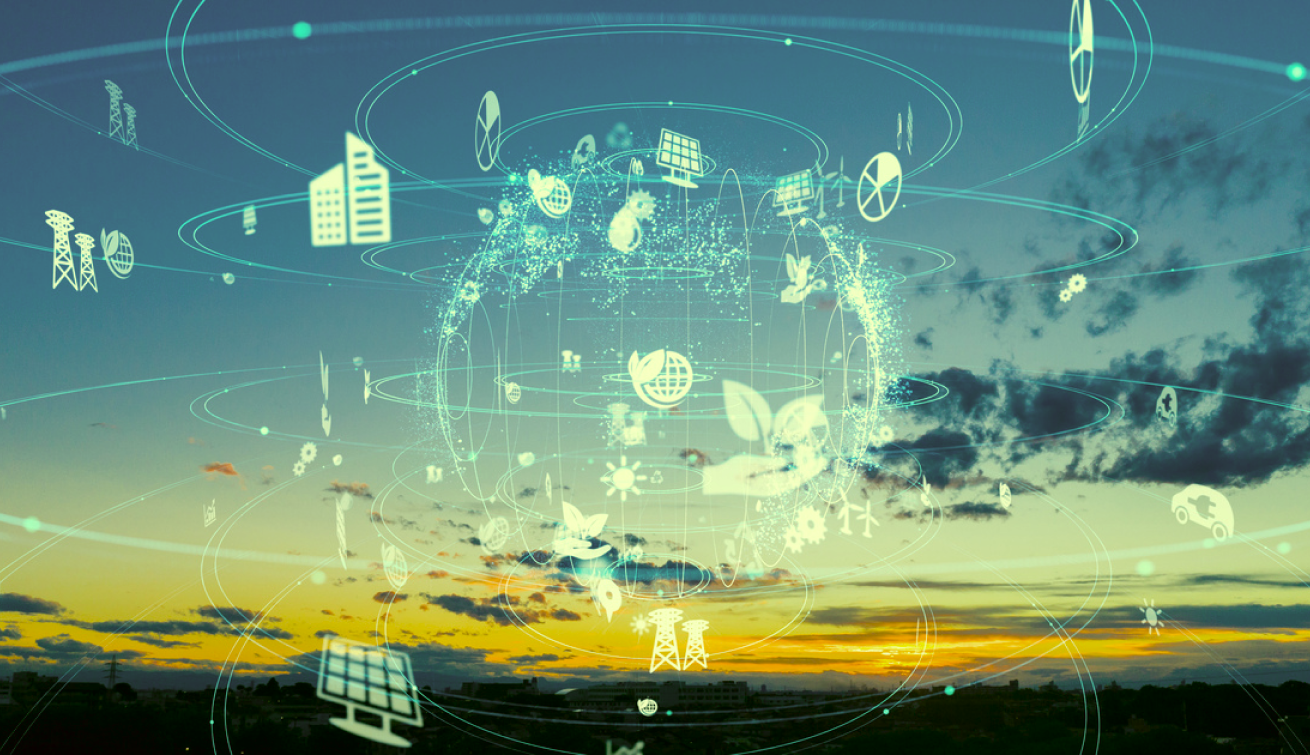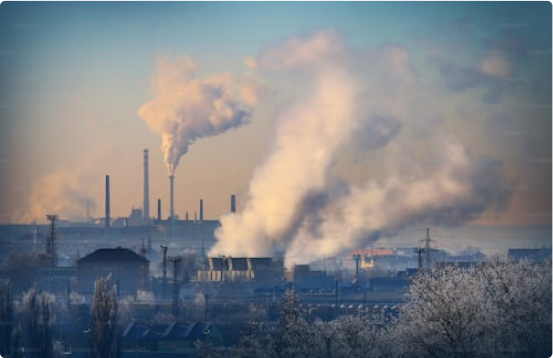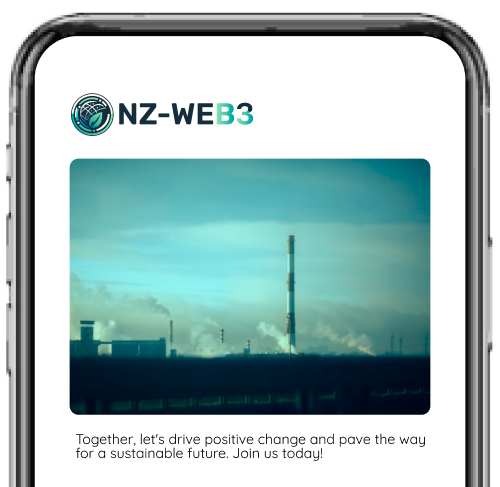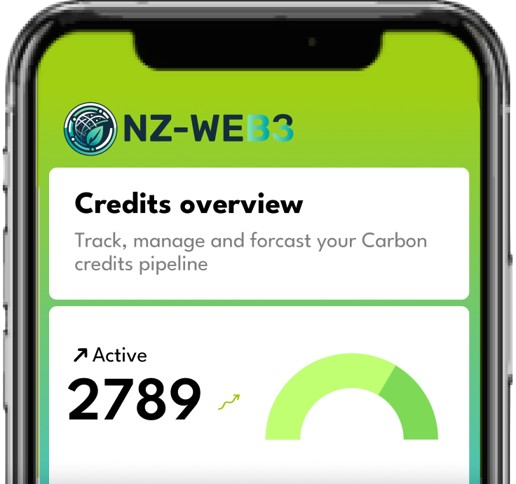Sustainable climate demands net-zero commitments backed by credible actions.
What is net zero?
Put simply, net zero means cutting carbon emissions to a small amount of residual emissions that can be absorbed and durably stored by nature and other carbon dioxide removal measures, leaving zero in the atmosphere.
Why is net zero important?
The science shows clearly that in order to avert the worst impacts of climate change and preserve a livable planet, global temperature increase needs to be limited to 1.5°C above pre-industrial levels. Currently, the Earth is already about 1.1°C warmer than it was in the late 1800s, and emissions continue to rise. To keep global warming to no more than 1.5°C – as called for in the Paris Agreement – emissions need to be reduced by 45% by 2030 and reach net zero by 2050.
How can net zero be achieved?
Transitioning to a net-zero world is one of the greatest challenges humankind has faced. It calls for nothing less than a complete transformation of how we produce, consume, and move about. The energy sector is the source of around three-quarters of greenhouse gas emissions today and holds the key to averting the worst effects of climate change. Replacing polluting coal, gas and oil-fired power with energy from renewable sources, such as wind or solar, would dramatically reduce carbon emissions

Is there a global effort to reach net zero?
Yes, a growing coalition of countries, cities, businesses and other institutions are pledging to get to net-zero emissions. More than 140 countries, including the biggest polluters – China, the United States, India and the European Union – have set a net-zero target, covering about 88% of global emissions. More than 9,000 companies, over 1000 cities, more than 1000 educational institutions, and over 600 financial institutions have joined the Race to Zero, pledging to take rigorous, immediate action to halve global emissions by 2030.
How do we ensure commitments are turned into action?
The growth in net-zero pledges has been accompanied by a proliferation of criteria with varying levels of robustness. To develop stronger and clearer standards for net-zero emissions pledges by non-State entities such as businesses, investors, cities and regions, and speed up their implementation, UN Secretary-General António Guterres in March 2022 established a High-Level Expert Group on the Net-Zero Emissions Commitments of Non-State Entities. The Expert Group presented its recommendations at COP27 on 8 November 2022.
Are we on track to reach net zero by 2050?
No, commitments made by governments to date fall far short of what is required. Current national climate plans – for 195 Parties to the Paris Agreement taken together – would lead to a sizable increase of almost 9% in global greenhouse gas emissions by 2030, compared to 2010 levels. To keep global warming to no more than 1.5°C – as called for in the Paris Agreement – emissions need to be reduced by 45% by 2030 and reach net zero by 2050. Getting to net zero requires all governments – first and foremost the biggest emitters – to significantly strengthen their Nationally Determined Contributions (NDCs) and take bold, immediate steps towards reducing emissions now.
How Do We Measure Carbon Footprints?
A carbon footprint shows how much greenhouse gas gets released into the air. These gases, like methane and carbon dioxide, trap heat and warm up the Earth. When we measure a carbon footprint, we're checking how much of these gases get produced. We often use a unit called carbon dioxide equivalence (CO2e) to make it easy to compare different things, like activities or industries.
When we talk about measuring carbon footprints, we're basically looking at how much we're contributing to making the Earth warmer. It's like counting how many pieces of candy you eat. Instead of candy, though, we're counting how much gas we're putting into the air.
Understanding Life-Cycle Assessment
Apart from carbon footprints, there's something called a life-cycle assessment. It looks at all the ways a product or service affects the environment. We call it "cradle-to-grave" because it includes everything from making the product to throwing it away. Take a car, for instance. We'd look at how much energy and materials it takes to build, run, maintain, and get rid of it.
So, when we talk about a life-cycle assessment, we're not just looking at one part of a thing's life. We're looking at the whole story from when it's first made until it's tossed away. It's like looking at a movie from the beginning to the end instead of just watching a single scene.
The Impact of Carbon on Climate Change
Carbon dioxide (CO2) is a big deal in climate change. It traps heat from the sun and the Earth, making things warmer. Burning fossil fuels and cutting down trees release lots of CO2 into the air. This leads to problems like the ocean getting more acidic, seas rising, stronger storms, and animals losing their homes.
Think of carbon dioxide like a blanket. When you're cold, you wrap yourself in a blanket to stay warm. But if you put too many blankets on, you get too hot. That's what's happening with CO2. There's too much of it, so the Earth is getting too warm, causing all sorts of problems.

How Do We Measure Carbon Footprints?

Taking Steps to Reduce Your Carbon Footprint
Most emissions come from just a few countries
The top five emitters (China, the United States of America, India, the European Union, the Russian Federation) accounted for about 60 per cent of greenhouse gas emissions
The Group of 20 (Argentina, Australia, Brazil, Canada, China, France, Germany, India, Indonesia, Italy, Japan, Republic of Korea, Mexico, Russia, Saudi Arabia, South Africa, Turkey, the United Kingdom, the United States, and the European Union) are responsible for about 76 per cent of global greenhouse gas emissions.
By contrast, least developed countries account for about 3.8 per cent of global emissions, while small island developing States contribute less than 1 per cent.
The top five emitters (China, the United States of America, India, the European Union, the Russian Federation) accounted for about 60 per cent of greenhouse gas emissions
Source: UNEP Emissions Gap Report 2023
SUBSCRIBE TO OUR
NEWSLETTER
We care about your privacy


Subscribe to Our Newsletter
We care about your privacy
Join our vibrant community of marketplaces and resellers and unlock the transformative potential of our platform for your operations while amplifying your impact on climate change mitigation. Embrace the opportunity to diversify your offerings and engage with an extensive network of buyers and sellers. Together, let's drive positive change and pave the way for a sustainable future. Join us today!

Subscribe to Our Newsletter
We care about your privacy
Join our vibrant community of marketplaces and resellers and unlock the transformative potential of our platform for your operations while amplifying your impact on climate change mitigation. Embrace the opportunity to diversify your offerings and engage with an extensive network of buyers and sellers. Together, let's drive positive change and pave the way for a sustainable future. Join us today!
Stay Connected and Engage with Us
Reach out to learn more about our initiatives or to join our community of forward-thinkers pushing the boundaries of what's possible in the Web3 space. Follow us on social media and stay updated on our progress and how you can contribute to a sustainable digital world.




